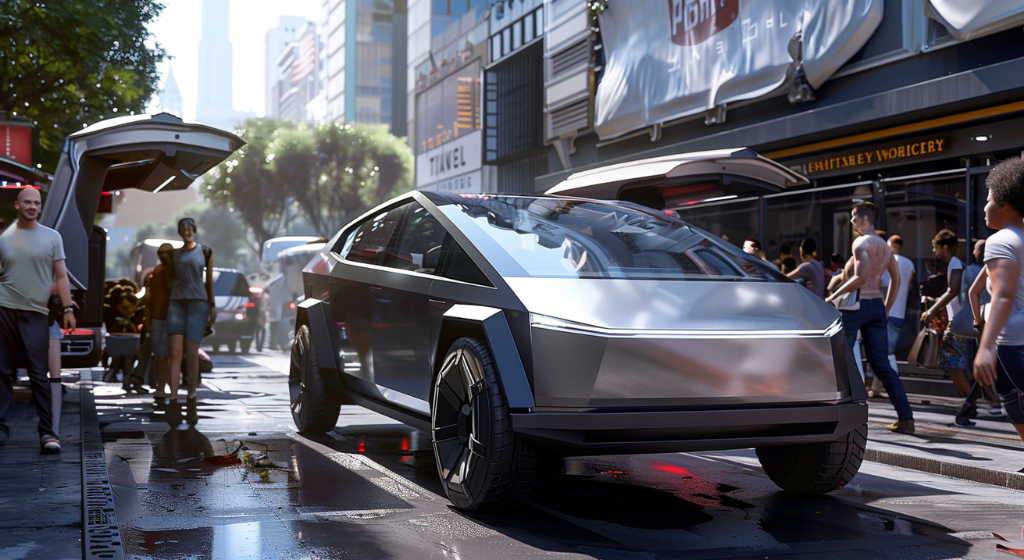
Tesla’s potential pivot from developing a low-cost EV may stem from competitive pressures, highlighted by Chinese automaker BYD overtaking Tesla as the world’s top-selling EV brand and offering its cheapest model for just $9,600. (Source: Image by RR)
Tesla’s Strategic Pivot Emphasizes Automation over Affordability
Elon Musk has announced that Tesla will reveal a “robotaxi” on August 8 this year, reinforcing the company’s ongoing efforts toward autonomous vehicles despite previous setbacks, according to a story on freethink.com. While initially promising over a million robotaxis on the roads by 2020, these numbers have not materialized, leading to a strategic shift.
In response to internal and external challenges, Tesla has shifted focus from developing a low-cost electric vehicle (EV) to prioritizing the production of a dedicated robotaxi. This decision aims to utilize shared assembly lines for both robotaxis and potentially affordable EVs, reflecting Tesla’s adaptability in its production strategies.
The robotaxi initiative is part of the broader “Tesla Network” ridesharing service concept introduced by Musk in 2016, envisioning a future where Tesla owners could enlist their vehicles to transport passengers, earning revenue while offsetting ownership costs autonomously. As noted in freethink.com, this model is akin to autonomous versions of Uber or Lyft, with the significant advantage of reducing the operational costs associated with human drivers. Musk’s vision extends beyond mere transportation, proposing a dual-benefit system where car owners and Tesla accrue financial benefits, thereby altering traditional car ownership dynamics.
Amidst reports from Reuters about Tesla canceling its plans for a budget-friendly EV, Musk was quick to refute these claims, suggesting a misinformation campaign against the company. He emphasized Tesla’s commitment to the robotaxi over the low-cost EV by hinting at strategic pivots needed to counter aggressive competition from Chinese automakers like BYD, which recently surpassed Tesla in global EV sales. This competitive landscape, exacerbated by significantly lower price points in Chinese EVs, has prompted Tesla to realign its product strategy towards more technologically advanced, albeit costly, options like the robotaxi.
Despite the excitement surrounding the robotaxi unveil, practical deployment of these autonomous vehicles remains a future aspiration. Tesla’s current Autopilot system is classified as Level 2 automation, requiring significant advancements to achieve the Level 4 autonomy necessary for driverless operation. Regulatory approvals and extensive safety testing will dictate the timeline for public availability of Tesla’s robotaxis. Therefore, while the upcoming reveal on August 8 will provide a glimpse into Tesla’s autonomous ambitions, widespread use of Tesla robotaxis is still several years away.
read more at freethink.com







Leave A Comment